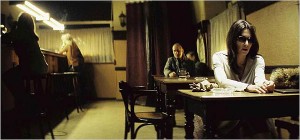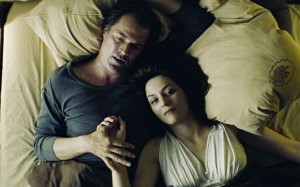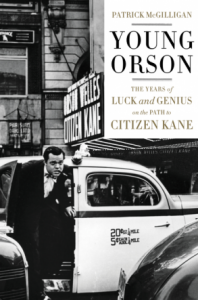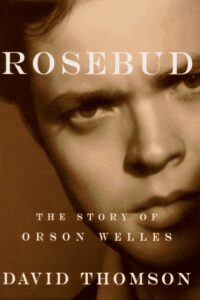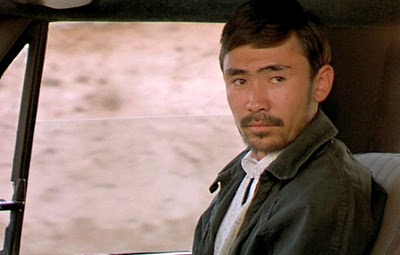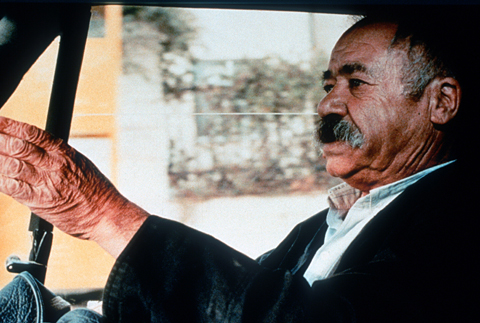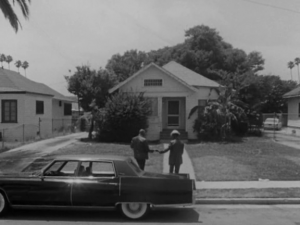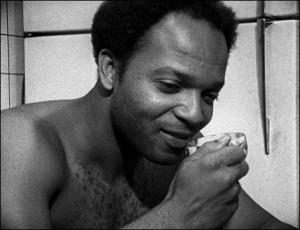Now that it’s winter, it shouldn’t be surprising that a large part of the American populace seems locked into some sort of hibernation mode–a state of mind that suggests that virtually all of the country’s problems can be blamed on George W. Bush and virtually none of them can be blamed on the people who voted for George W. Bush. But a more immediate problem is one that involves adjusting to the fact that the very long and recently concluded presidential campaign is no longer in operation. Milk addresses a mindset I would associate with campaign agitprop mode, a mindset that forsakes nuanced and complex analysis for the sake of immediate uplift; The Order of Myths addresses us in a more analytical mode. Of course, given the outlawing of same-sex marriage in California in the last election, an election-mode form of agitprop may be more functional at the moment, at least where homophobia is concerned, but this doesn’t necessarily entail more thoughtful filmmaking.
As nearly as I can remember, Mobile is the only city in Alabama of any significant size that I never visited during the first 16 years of my life, when I was growing up in that state—nor have I ever made it to Mobile since. Read more










